Quality of Life With Prostate Cancer - 049
In this newsletter, I review a Europa Uomo study based on surveys about quality of life issues in men with prostate cancer. Europa Uomo is a European advocacy movement representing prostate patient groups in 27 countries.
If you have read through my Substack newsletters and archived articles, you've seen how my diagnosis and treatment of advanced prostate cancer negatively impacted my quality of life. Those impacts have fluctuated as this experience is an intermixing of blood tests, diagnostic procedures, and other interventions combined with aging and various measures I take to improve my coping skills.
If you had surveyed me about my quality of life a week after my radical prostatectomy, that survey would have been drastically different from, say, a survey I'd currently answer. So, keep in mind that as I present the survey results, those participating provided a snapshot of their quality of life at the time of the survey.
Despite that, the surveys provide helpful clues about how being diagnosed with prostate cancer, with or without treatment, negatively impacts the quality of the lives of these men.
Europa Uomo set out to study the quality of life of men with prostate cancer. The study results, based on two online surveys, explore their experiences of treatment and life afterward. The first survey began in 2019, and the second survey in 2021.
EUPROMS stands for Europa Uomo Patient Reported Outcome Study. It is the first prostate cancer quality of life research conducted by patients for patients. Even though the goal was to study the quality of life after treatment, there is the caveat that survey results included men undergoing active surveillance.
Europa Uomo's website says they received 5464 unique responses from 32 countries, mainly in Europe, but included Australia, Canada, and the United States of America. The results do not clarify if there were overlapping responses to the surveys from the same men answering survey results in both 2019 and 2021.
Europa Uomo permits the publication of their results and charts as long as I credit the EUPROMS studies. This study used validated quality-of-life questionnaires: EPIC-26, EORTC-QLQ, and EQ-5D-5L; the responses were anonymous.
About the respondents
The average age at the time of the survey was 70, and the average age at diagnosis was 64, with more than 50% of respondents diagnosed before age 65.
Most respondents lived with a partner, and there was a bias toward a higher level of education.
Most men had received only one treatment, with 57% of respondents having undergone radical prostatectomy.
Findings about general quality of life
The general quality of life is rated from 1-very poor to 7-excellent. Overall, respondents reported a good quality of life, with 80.9% answering with a rating from 5 - 7.
Chart G2 shows how treatments affect different aspects of quality of life, with men's sex lives most negatively impacted. Keep in mind that just under 60% of these men had undergone a radical prostatectomy.
Findings about pain and discomfort
Pain and discomfort increased as men progressed through the treatment stages. Men who received radiation plus androgen deprivation therapy and chemotherapy experienced more discomfort than other treatment groups.
Findings about tiredness or fatigue
Chemotherapy was most associated with fatigue, with 36% of men who had undergone chemotherapy reporting feeling tired. This association did not mean men were necessarily undergoing chemotherapy at the time of the survey, but the fact they received chemotherapy indicates advanced disease.
Findings about insomnia
Insomnia more than doubles as treatment progresses. There are multiple contributors to insomnia, the most common of which is stress. So, it is not surprising that as their treatment progresses due to the progression of their disease, so does their insomnia.
Findings about mental health
42% of men treated for prostate cancer reported feeling anxious or depressed. We don't know the percentage of men in remission at the time of the survey.
The following chart shows how a diagnosis of recurrence of prostate cancer impacts mental health. Almost 50% of respondents diagnosed with recurrence rated the mental health effect at a 6 or higher on a scale of 1 - 10, with 10 being extremely impactful.
The following chart breaks down which treatments are most associated with mental health problems. Again, the study shows that the more treatment and the more advanced the disease, the more mental health problems increase.
Notably, active surveillance is associated with higher levels of anxiety and depression than radical prostatectomy alone or radiation alone.
The increased risk for anxiety and depression in men undergoing active surveillance is well-documented in the medical literature.
Active surveillance's association with anxiety and depression in some men can be due to intolerance of certainty but also due to the regularity of invasive testing, including digital rectal exams and prostate biopsies.
Findings about sexual function
The following chart looks at quality of life scores for sexual function after specific treatments, with lower scores representing the worst quality of sexual function. The average score for men of the same age without prostate cancer is 61, which is close to the score for active surveillance.
The study shows that a man's sexual quality of life function dramatically drops off once treatments start and as treatments overlap and progress due to advancing disease.
Chart S2 shows just how big of a problem sexual functioning is after treatment for prostate cancer, with 50% of men reporting sexual functioning as a moderate or big problem.
Sadly, 76% of men treated for prostate cancer rated their ability to function sexually as poor or very poor.
54.8% of men who had only undergone prostatectomy say lack of sexual function is a significant problem for them, while 47.3% of men who had only undergone radiation report that lack of sexual function is a substantial problem for them.
Findings about urinary incontinence
Regarding urinary incontinence, prostatectomy is associated with a worse quality of life than radiation therapy. Radical prostatectomy dramatically increases the rate of urinary incontinence compared to other treatments.
The survey asked how many incontinence pads they use daily, and 36% reported using one or more pads daily. To put this into context, a 2017 study of men about the same age undergoing active surveillance found that around 10% wear pads.
Three take-home messages from the EUPROMS study:
"Active surveillance should be a priority when possible because it best protects quality of life. The contrast between active surveillance and other approaches is evident in terms of incontinence and sexual function."
"Early detection of prostate cancer is of the utmost importance. The more advanced the prostate cancer at diagnosis, the worse the effects of treatment on quality of life.”
"High-quality treatment and support are essential. Men need all the expertise and experience they can get during treatment and after, with information and support at each stage of the journey. Every man with prostate cancer should be treated in a cancer center with multidisciplinary teams."
The third take-home message reinforces why I recommend men with prostate cancer be evaluated at a prostate cancer center of excellence. These centers of excellence have multidisciplinary teams and prostate cancer clinical experts to adequately educate and support men at every stage, from active surveillance to advanced prostate cancer.
Until the next one, take care and stay healthy.
Much love,
Keith


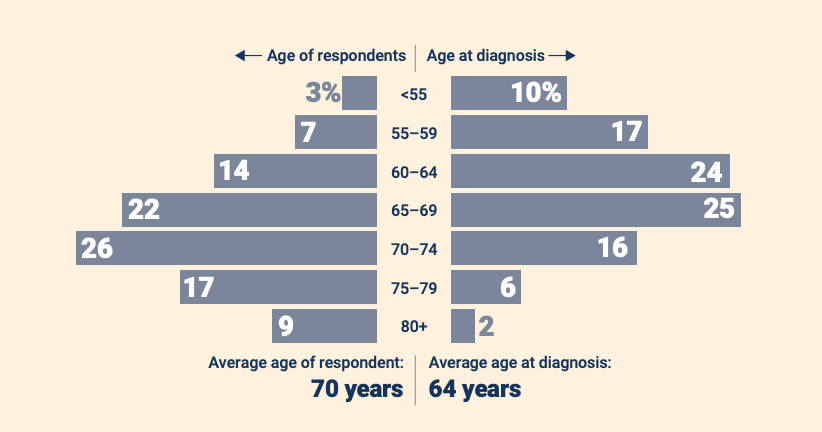
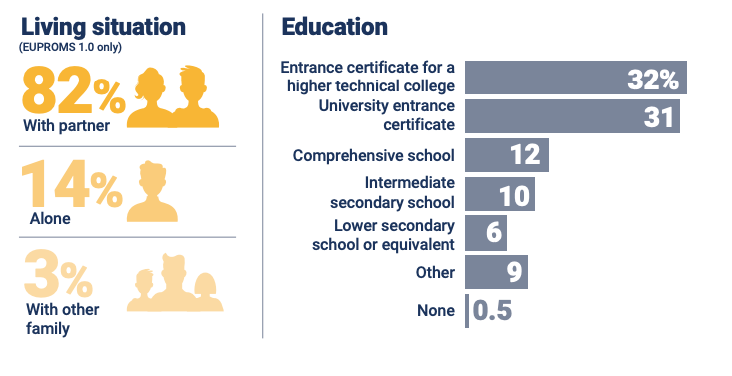
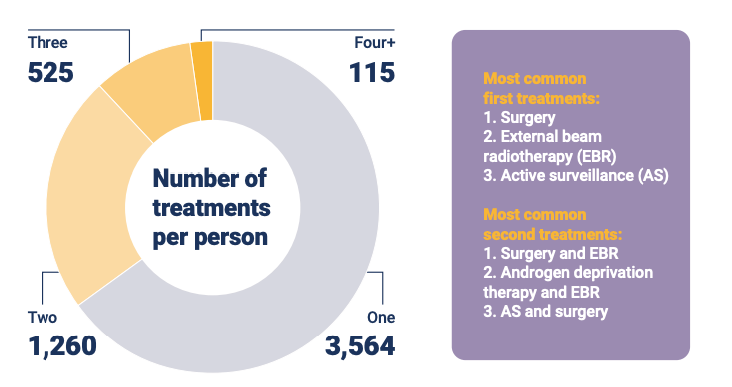
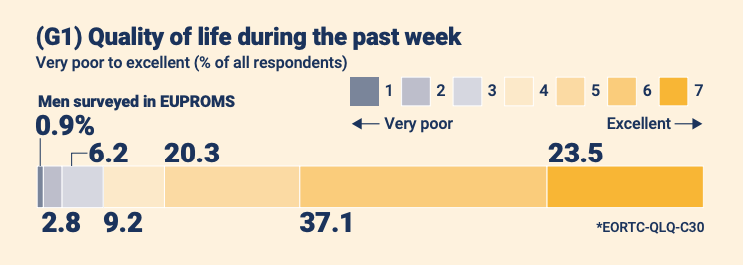
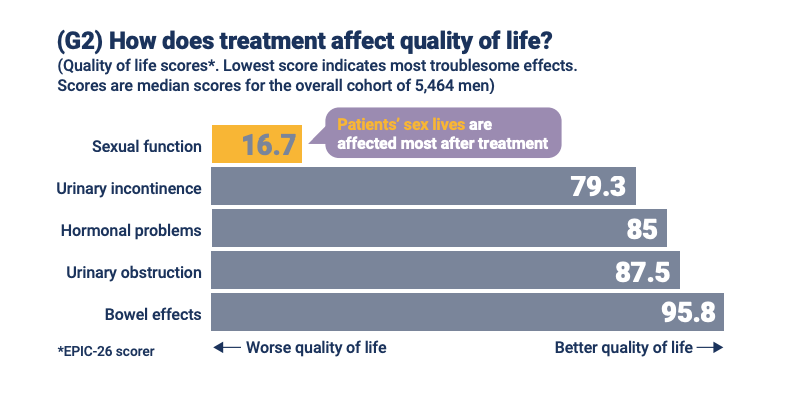
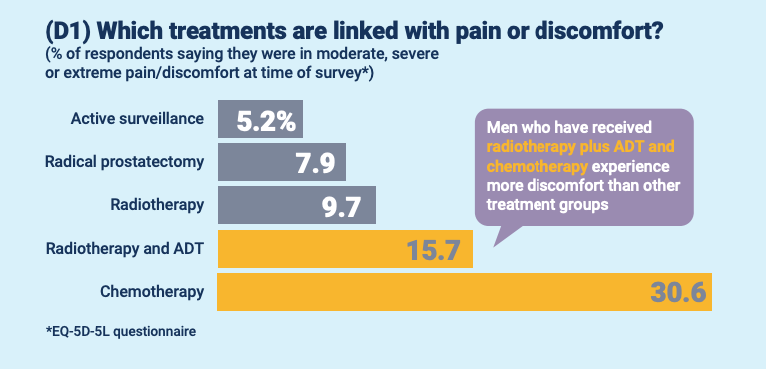
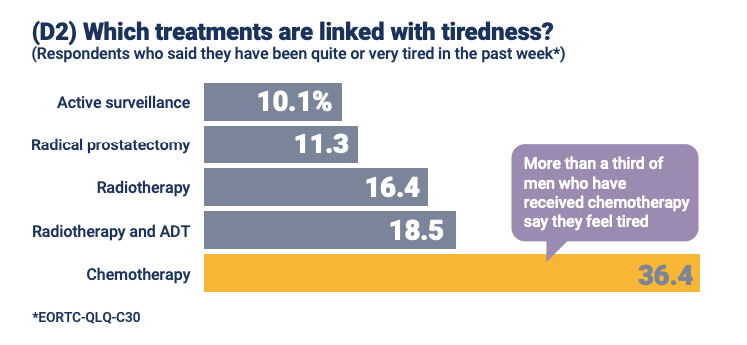
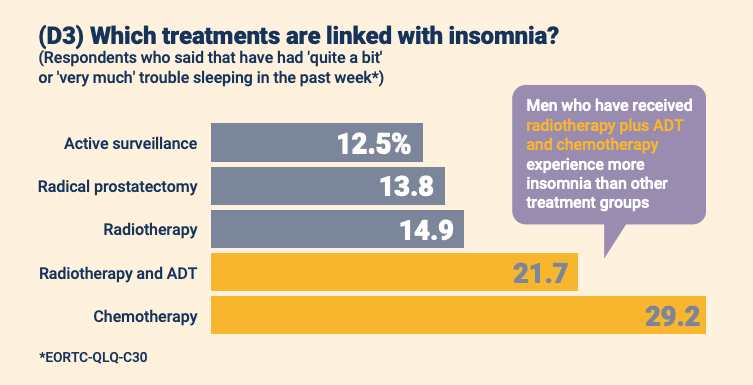
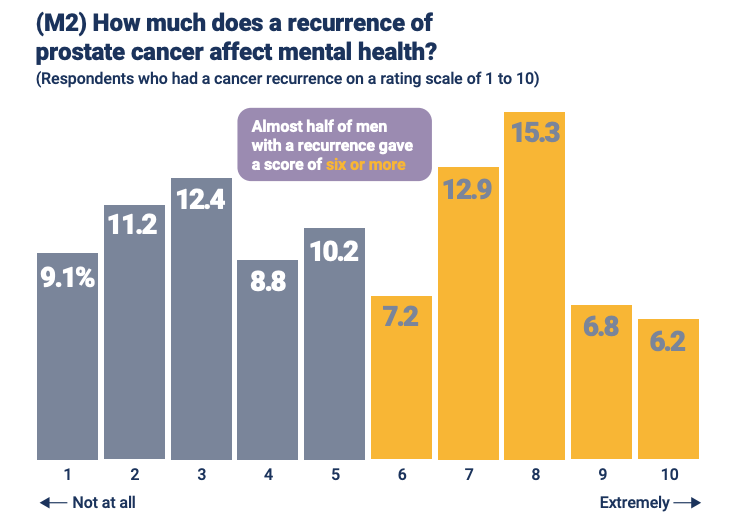

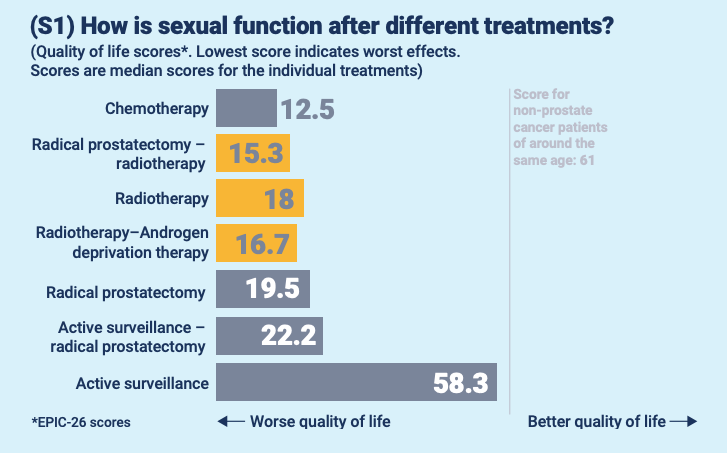

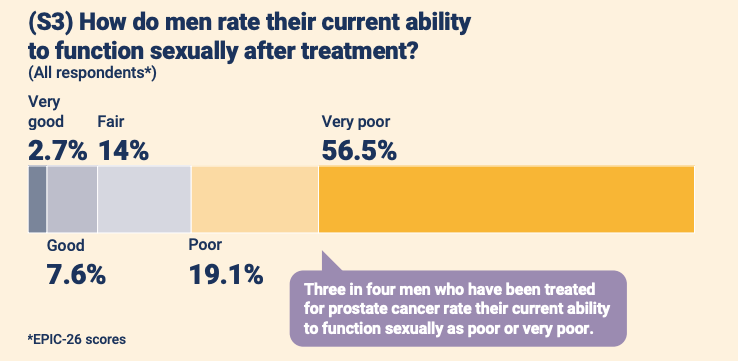
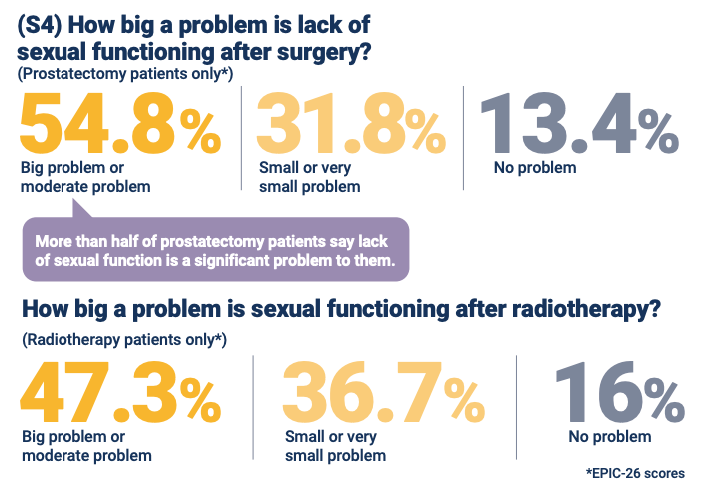

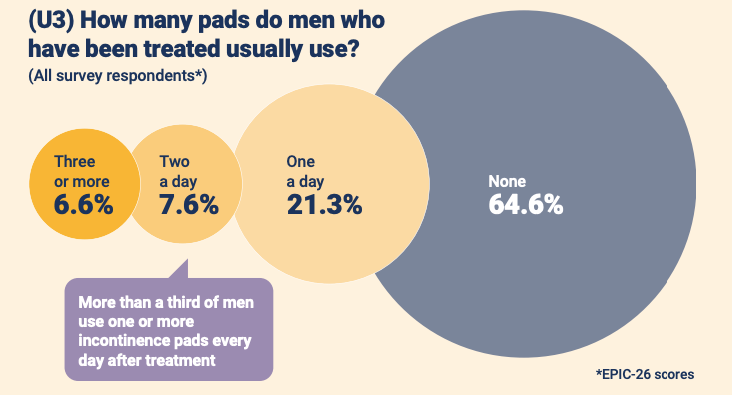
So sad. I work with many men who have had prostate cancer and most of them have permanent ED. It is somewhat preventable if after surgery, they use a penis pump correctly, but most urologist fail to instruct their patients accordingly.
Most prostate surgery is probably not needed. As you have pointed out, it's slow growing and often people die of other causes long before cancer takes hold,
If I had it, I would use high dose THC and ultrasound to see the tumor(s) shrinking and then I'd keep on a maintenance dose. I've seen how effective this can be for many types of cancer including supposedly incurable metastatic cancer.